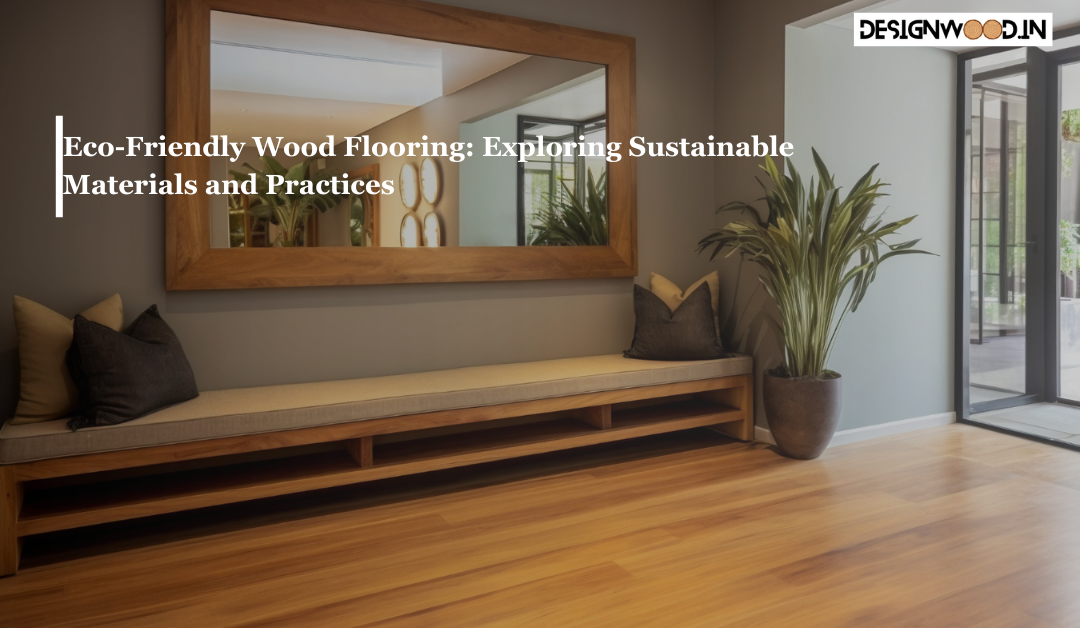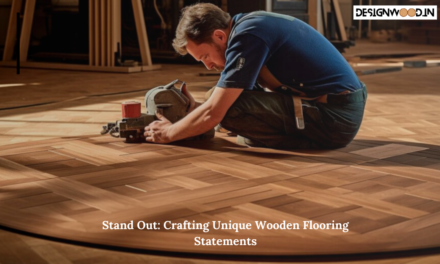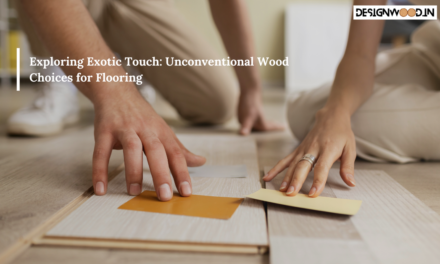Wood flooring adds warmth, character, and elegance to any space, but it’s essential to consider its environmental impact. Fortunately, with the growing emphasis on sustainability, eco-friendly wood flooring options have become increasingly available. In this article, we’ll delve into the world of sustainable wooden flooring materials and practices, exploring how they contribute to a greener future.
Reclaimed Wood Flooring
Reclaimed wood flooring is an excellent choice for eco-conscious consumers looking to minimize their environmental footprint. This type of flooring is crafted from salvaged wood sourced from old buildings, barns, or other structures slated for demolition. By repurposing existing wood, reclaimed wood flooring helps reduce the demand for new timber, thereby preserving natural resources and minimizing deforestation. Additionally, the unique character and history of reclaimed wood add charm and authenticity to any interior space.
Bamboo Flooring
Bamboo flooring has gained popularity as a sustainable alternative to traditional hardwood flooring. Unlike hardwood trees, which can take decades to reach maturity, bamboo is a fast-growing grass that reaches maturity in just a few years. This rapid growth rate makes bamboo an incredibly renewable resource, as it can be harvested without depleting the plant’s root system. Furthermore, bamboo flooring boasts durability, versatility, and a distinctive aesthetic appeal, making it an attractive choice for eco-friendly homes and businesses.
Certified Sustainable Hardwood
For those who prefer the timeless beauty of hardwood flooring, opting for certified sustainable wood is key to promoting responsible forestry practices. Look for wood flooring products certified by organizations such as the Forest Stewardship Council (FSC) or the Sustainable Forestry Initiative (SFI). These certifications ensure that the wood is sourced from responsibly managed forests, where trees are harvested in a manner that promotes regeneration and biodiversity. By choosing certified sustainable hardwood flooring, consumers can support ethical forestry practices and contribute to the preservation of forest ecosystems.
Engineered Wood Flooring
Engineered wood flooring is another eco-friendly option that utilizes less hardwood compared to traditional solid wood flooring. This type of flooring consists of a top layer of real wood veneer bonded to multiple layers of plywood or high-density fiberboard (HDF). By using less hardwood in its construction, engineered wood flooring minimizes the overall environmental impact while still offering the beauty and durability of hardwood. Additionally, engineered wood flooring is less prone to warping and expansion, making it suitable for installation in areas with fluctuating humidity levels.
Low-VOC Finishes and Adhesives
When installing wood flooring, it’s essential to pay attention to the finishes and adhesives used, as some products may contain volatile organic compounds (VOCs) that can contribute to indoor air pollution. Opting for low-VOC or zero-VOC finishes and adhesives can help improve indoor air quality and create a healthier living environment. These environmentally friendly alternatives are formulated with non-toxic ingredients, reducing the emission of harmful chemicals into the air. Additionally, low-VOC finishes are available in a wide range of colors and sheens, allowing consumers to achieve their desired aesthetic while minimizing environmental impact.
Conclusion
In summary, eco-friendly wood flooring offers a sustainable and stylish solution for those seeking to enhance their living or working spaces responsibly. Whether you choose reclaimed wood, bamboo, certified sustainable hardwood, engineered wood, or low-VOC finishes, each option contributes to the preservation of natural resources and the promotion of environmental stewardship. By embracing sustainable materials and practices in wood flooring, we can create beautiful interiors while safeguarding the planet for future generations.





